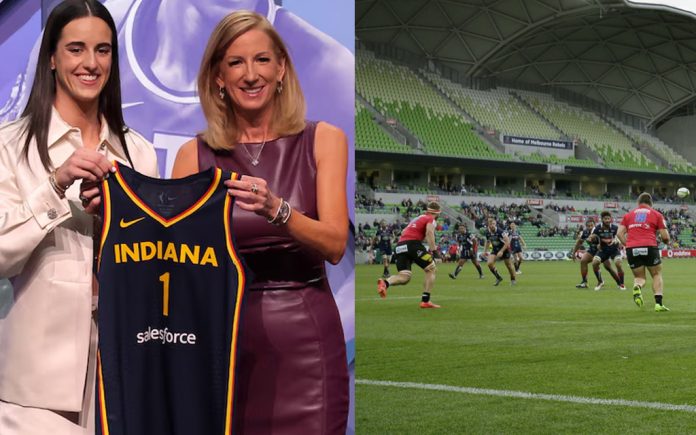
WENDELL HUSSEY | Cadet | CONTACT
A local economic expert with a strong interest in sports has today offered up some analysis on the recent WNBA draft.
A hot topic for the last few years, the remuneration of female athletes has become hit the headlines again this week following the draft night for women’s basketball in America.
Caitlin Clark, one of the stars of the recent NCAA Women’s Basketball Tournament shocked few people by going at Number 1 in the draft, being selected by the Indiana Fever.
While her selection with the first pick caused little controversy, the salary she will receive has caused a stir – being a meagre $US76,535.
Her four-year optioned contract with the Indiana Fever is worth $US338,056 ($524,000 Australian).
With many blokes on the internet pointing out that the 100 grand a year is still a good salary, it does pale in comparison to the Men’s Number 1 pick Victor Wembanyama $US55.7 million ($86 million) over four years.
“Bro, when these women start actually generating revenue then they can start getting paid more,” said the local economic expert, pretending like the huge money flowing into the game isn’t because of the female players.
“You need to earn your way,” he continued, like Wallabies players displaying their wares in front of a couple of thousand people and a couple more on streaming services are apparently generating their way in revenue.
Of course the men’s NBA does generate a staggering amount more money – which may or may not have anything to do with the way society was structured over the last few thousand years.
However, as can be seen with the recent success of the Matildas, the Women’s NCAA, the Women’s Super League and the ongoing commercial success of things like the sport of tennis – arguments are being raised about whether remuneration needs to be accelerated at a more significant rate.
In the sport of basketball this has been highlighted by the fact that the Final of the Women’s NCAA had a viewership eclipsing the Men’s NCAA final.
The commercial viability of huge contracts overseas in places like Europe and China has also highlighted that, women’s sport may be generating more revenue that they are being paid for.
According to sports data and analytics company Gemba, every dollar put into women’s sport returns a seven-fold return on investment – as can be evidenced by huge TV viewings, growing crowd attendance figures and burgeoning profiles.
However, that just simply isn’t the case explained the local bloke above.
“Nah bro, until they generate the exact same amount as men despite being decades behind the ball then they don’t deserve to be paid more.”
More to come.










